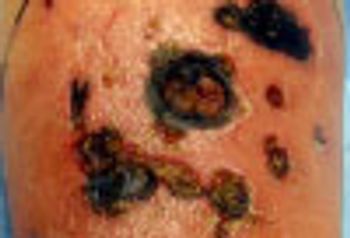
Obesity Medicine
Latest News

CME Content

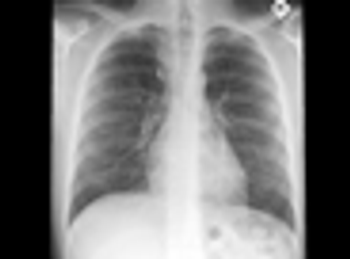

In a recent JAMA commentary, the authors suggest that state intervention might be considered in severe instances of childhood obesity.
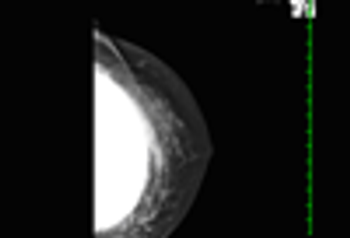
A 66-year-old woman presented with a 2-day history of acute onset of redness, pain, and swelling of the right breast.
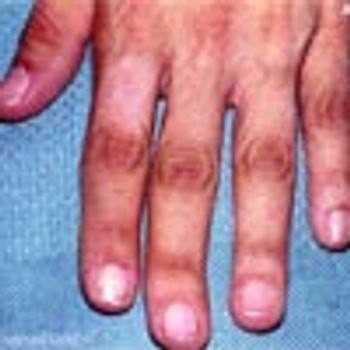
Acanthosis nigricans is a nonspecific increase of the thickness of the prickle cell layer of the skin and most commonly seen in obese persons.

A 61-year-old man with arthritis and an 80-pack-year smoking history presented with fever, dyspnea, and productive cough of a week’s duration that did not respond to outpatient treatment with levofloxacin.
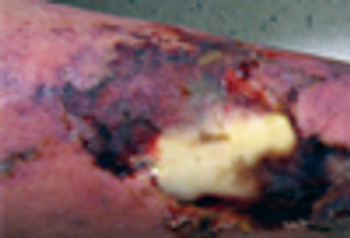
An 88-year-old man presents with a 2-month history of a non-healing ulcer on his right lower limb.
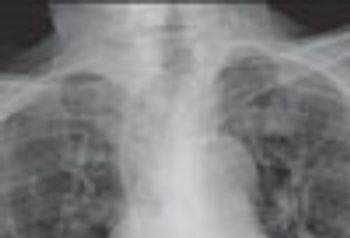
An 88-year-old woman was brought to the emergency department after she choked on a piece of meat. She had dysphagia of many years’ duration and progressive weight loss over the past 5 years.
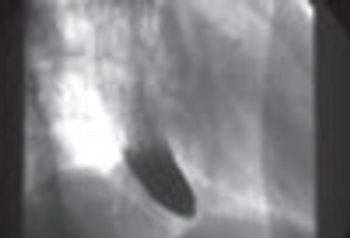
For 3 weeks, a previously healthy 24-year-old man had repeated episodes of nonbloody, nonbilious emesis. He denied dysphagia, but he did report a 40-lb (18-kg) weight loss and heartburn.

For 4 weeks, a 49-year-old man has had progressively worsening pain between his scapulae and in the lower part of his neck. The pain is now severe, and he takes high doses of acetaminophen and NSAIDs for relief.

Systemic inflammation has been identified as a risk factor for the development of heart failure in population studies. In the 5-year prospective MESA study, researchers from Johns Hopkins Hospital in Baltimore recorded a baseline nonspecific marker of systemic inflammation, C-reactive protein (CRP).
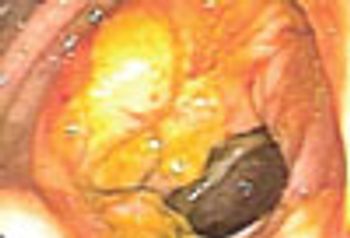
A 48-year-old woman was hospitalized for acute-onset abdominal pain. She had a history of adult-onset Still disease and severe osteoarthritis. She had been taking 650 mg of aspirin every 4 hours to relieve her arthritis pain and fevers.

On December 18, 2005, Ariel Sharon, Prime Minister of Israel, experienced the sudden onset of aphasia. Despite being overweight, he had none of the traditional risk factors for cerebrovascular disease-hypertension, history of smoking, diabetes, or elevated cholesterol levels.
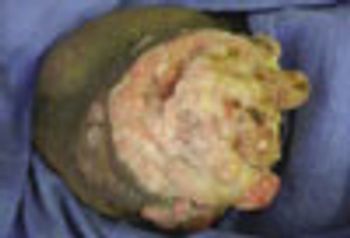
For 20 years, a lesion has been slowly growing on the penis of a 51-year-old man. He has noted bleeding and a foul-smelling discharge from the mass. Recently, the patient experienced a 30-lb weight loss. He has had 5 sex partners in his lifetime but has been monogamous for the past year.

17-Year-old girl with a 7-month history of small, red papules on her arms and thighs. Rash is not painful or itchy. Otherwise in good health.
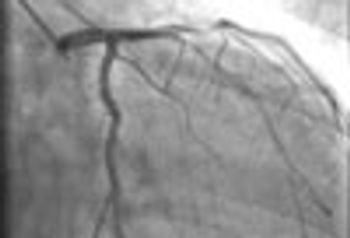
A 72-year-old obese man with chronic atrial fibrillation, hypertension, hyperlipidemia, and a history of tobacco use presented for a routine office visit. A year earlier, he began to experience recurrent chest pain, but an ECG had shown normal T waves.

Chronic fatigue syndrome (CFS) is a distinct disorder characterized by debilitating and often recurrent fatigue that lasts at least 6 months but more frequently lasts for longer periods. Patients with CFS experience overall physical, social, and mental impairments and may subsequently qualify for medical disability.

A 41-year-old woman presents to the emergency department with chest pain and dysphagia. Routine laboratory studies reveal profound neutropenia. She denies recent fever, chills, or weight loss.
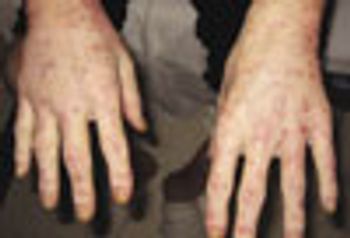
For 4 months, a 45-year-old man with a history of alcohol abuse had made multiple visits to the emergency department (ED) and a dermatology clinic for evaluation of a diffuse, scaly, and intensely pruritic rash. The rash, which was photosensitive, had started on his upper extremities and spread proximally to the trunk and lower extremities.
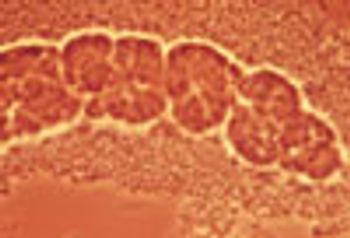
Chronic kidney disease (CKD) has become a burgeoning epidemic. Patients with various stages of CKD initially seek care from their primary care physician; some of these patients sustain acute, reversible renal injuries as well.

That's the question we put to Dr. Leigh Callahan, and in the next 10 minutes, she will address this important issue. Dr. Callahan has over 20 years of experience in arthritis and health outcomes research, and she was an arthritis epidemiologist at the CDC.

Type 2 diabetes mellitus is an epidemic with serious and fatal complications. Some predictions estimate that 440 million persons will have this disease by 2030.

Gout is a primary care disease. About 70% of patients with gout are treated exclusively in the primary care setting. And because the prevalence of gout is increasing, particularly in older patients, you are increasingly likely to encounter this disease in your practice.

Type 2 diabetes mellitus is an epidemic with serious and fatal complications. Some predictions estimate that 440 million persons will have this disease by 2030. Current recommendations state that patients with type 2 diabetes who are receiving monotherapy and who have elevated hemoglobin A1c levels between 7.6% and 9.0% should receive a second agent.

Obesity is associated with a broad range of GI health risks. An expert panel discussed these risks, which were documented in abstracts presented at the 2010 ACG Scientific Meeting.















































































































































































































































































